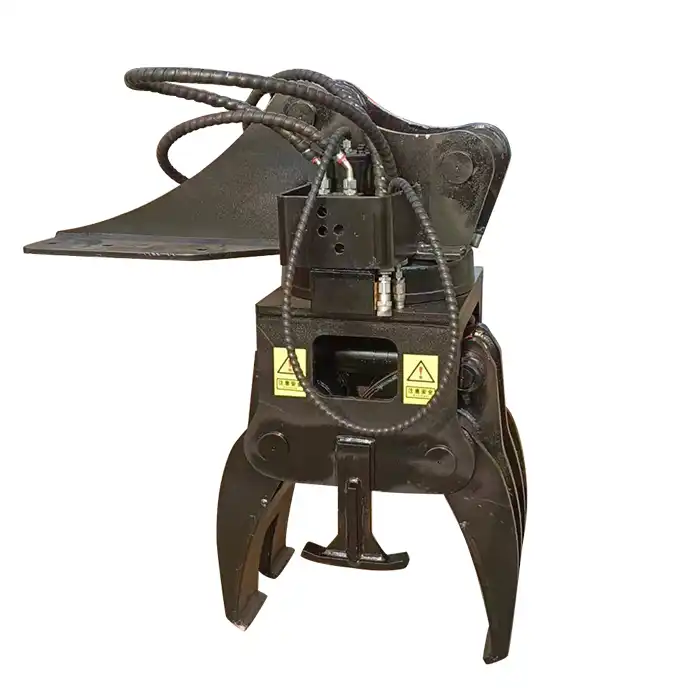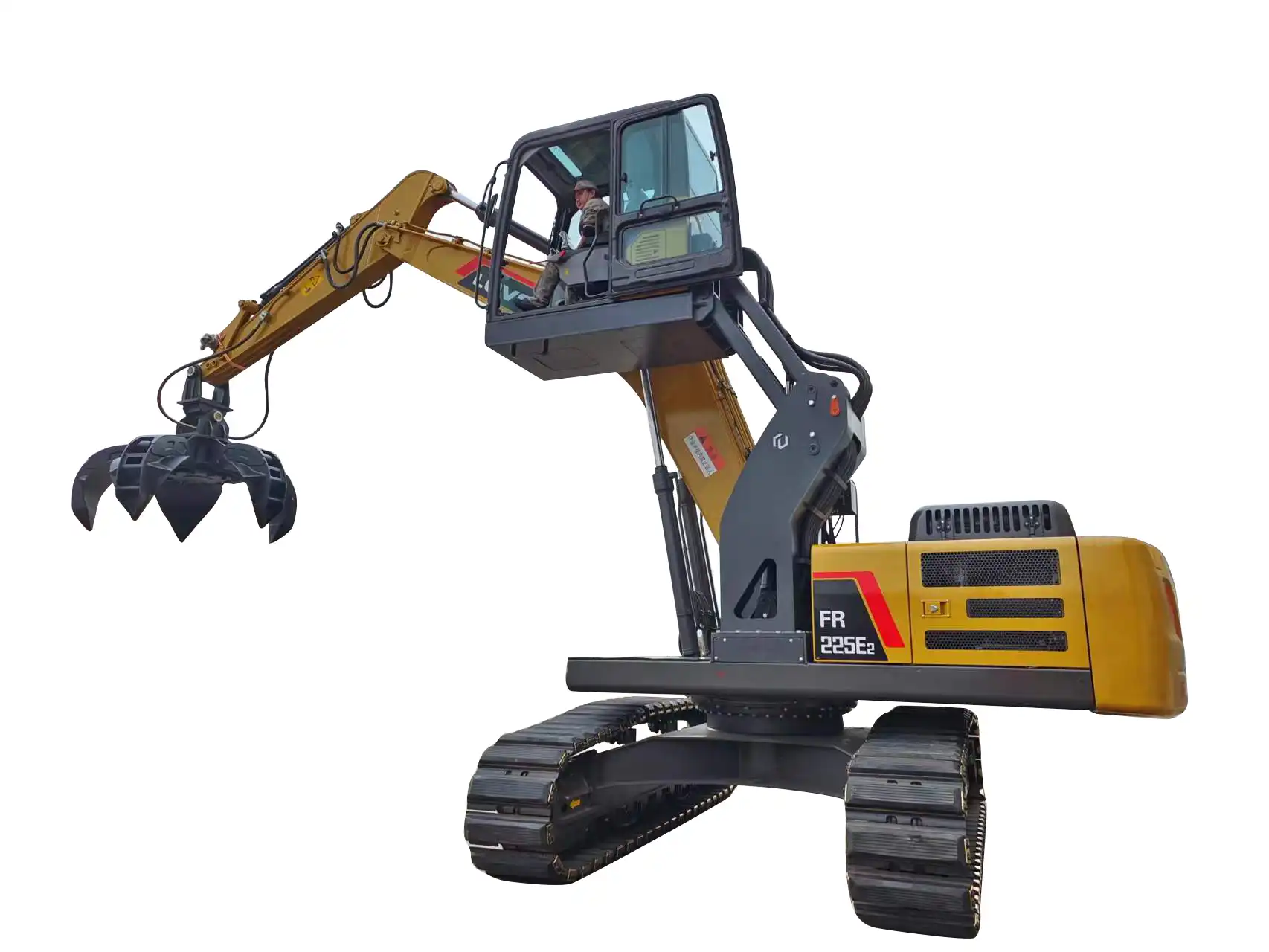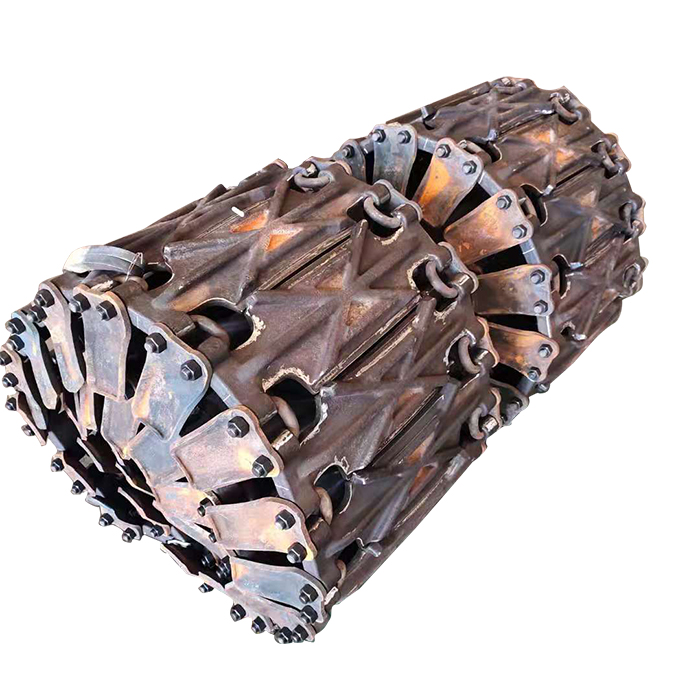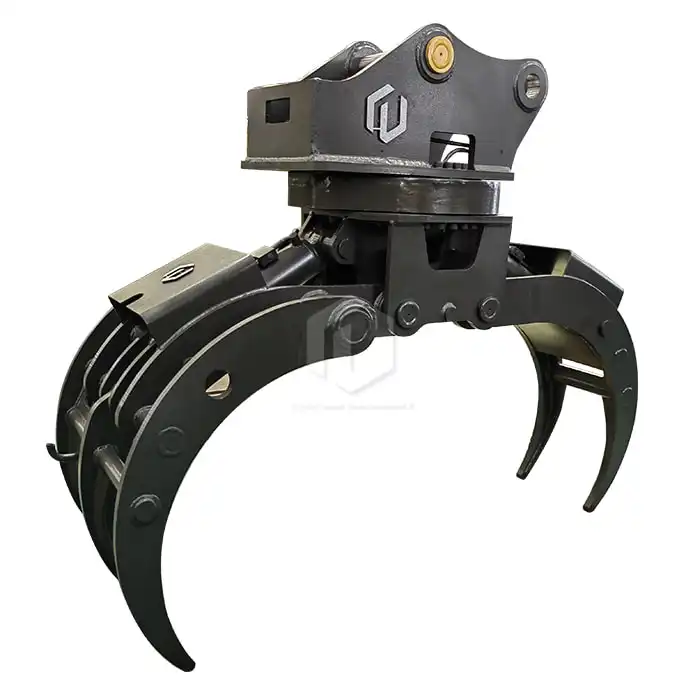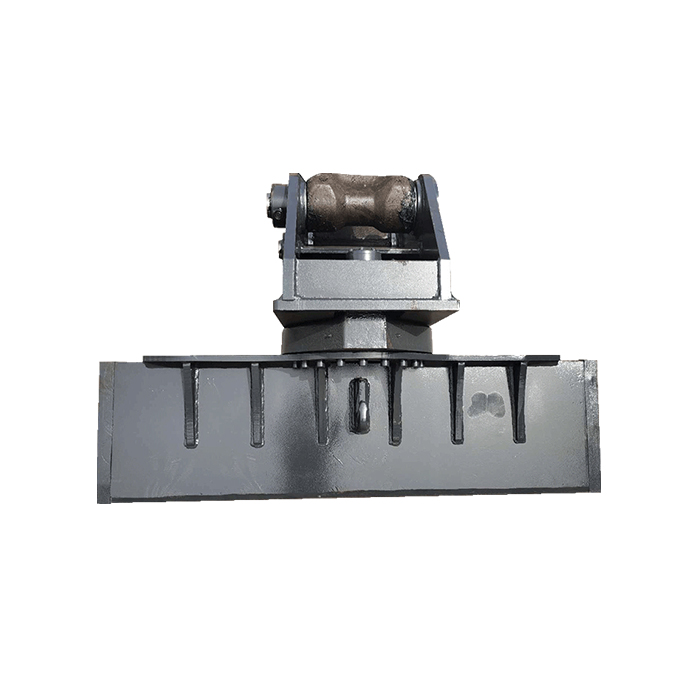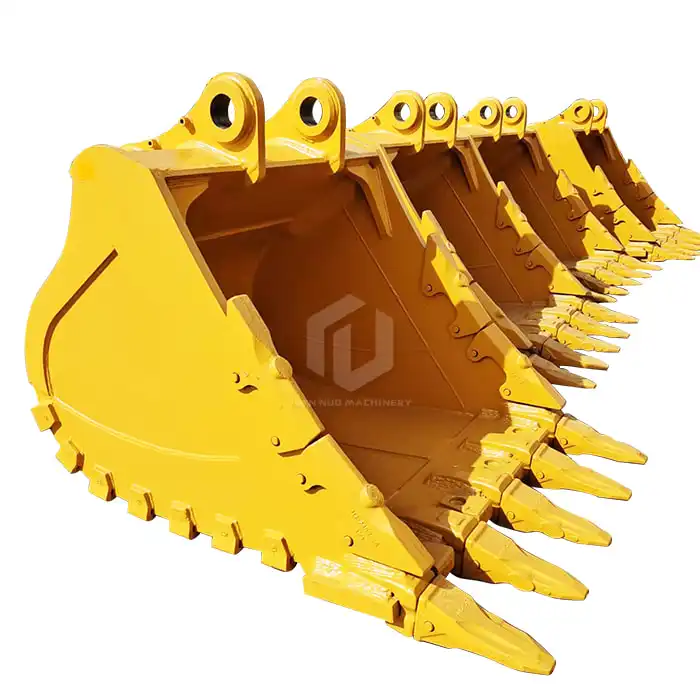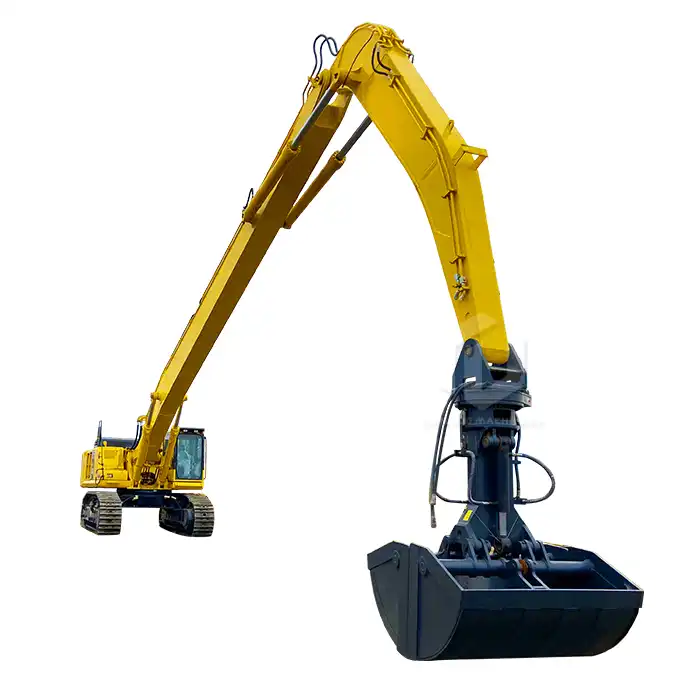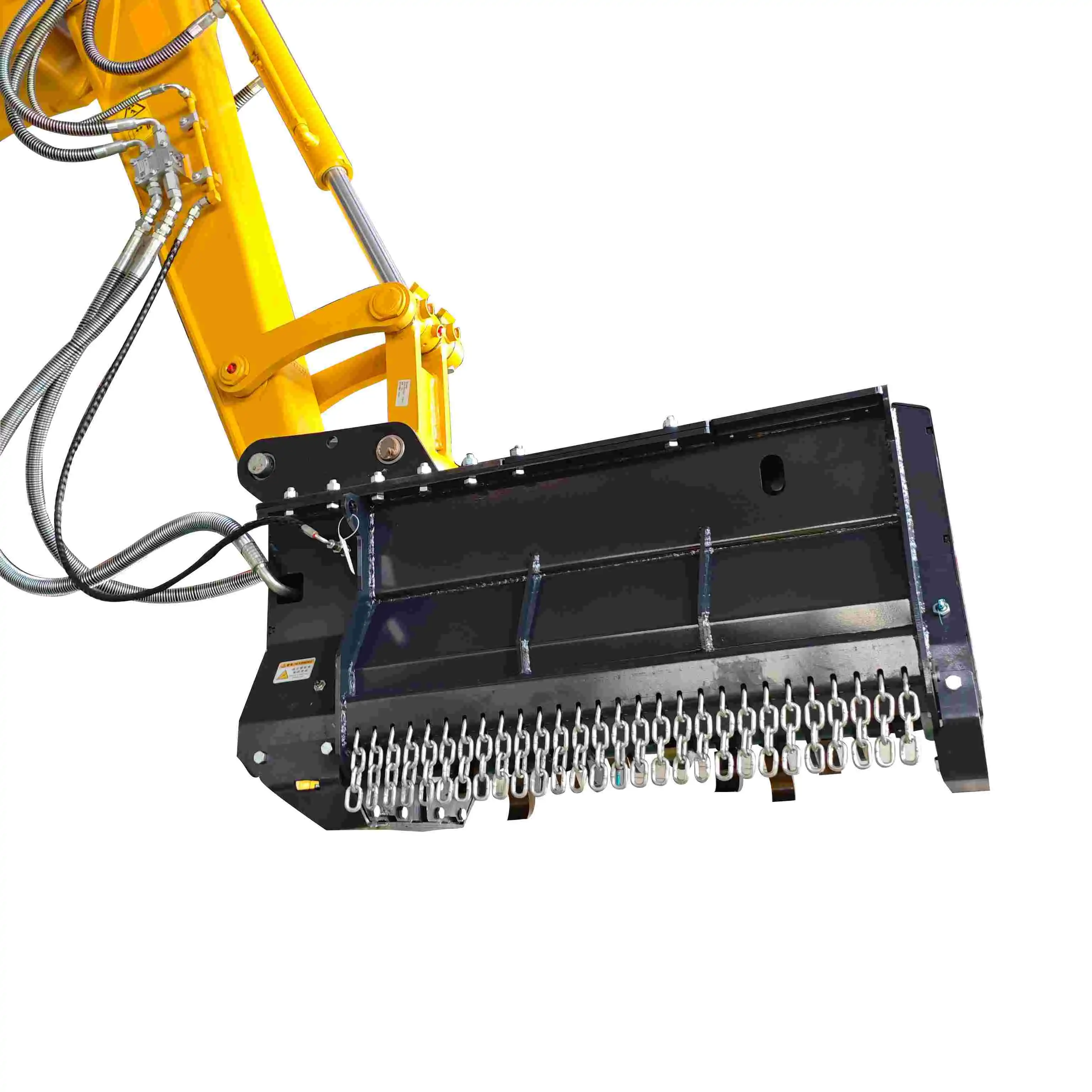What are the key features of the railway excavator ballast plow?
There is an essential tool the railway excavator ballast plow, a specialized attachment designed to work with excavators for clearing and shaping ballast along railway tracks. In this comprehensive guide, we'll explore the key features, materials, and benefits of these innovative machines, shedding light on their crucial role in modern railway maintenance.
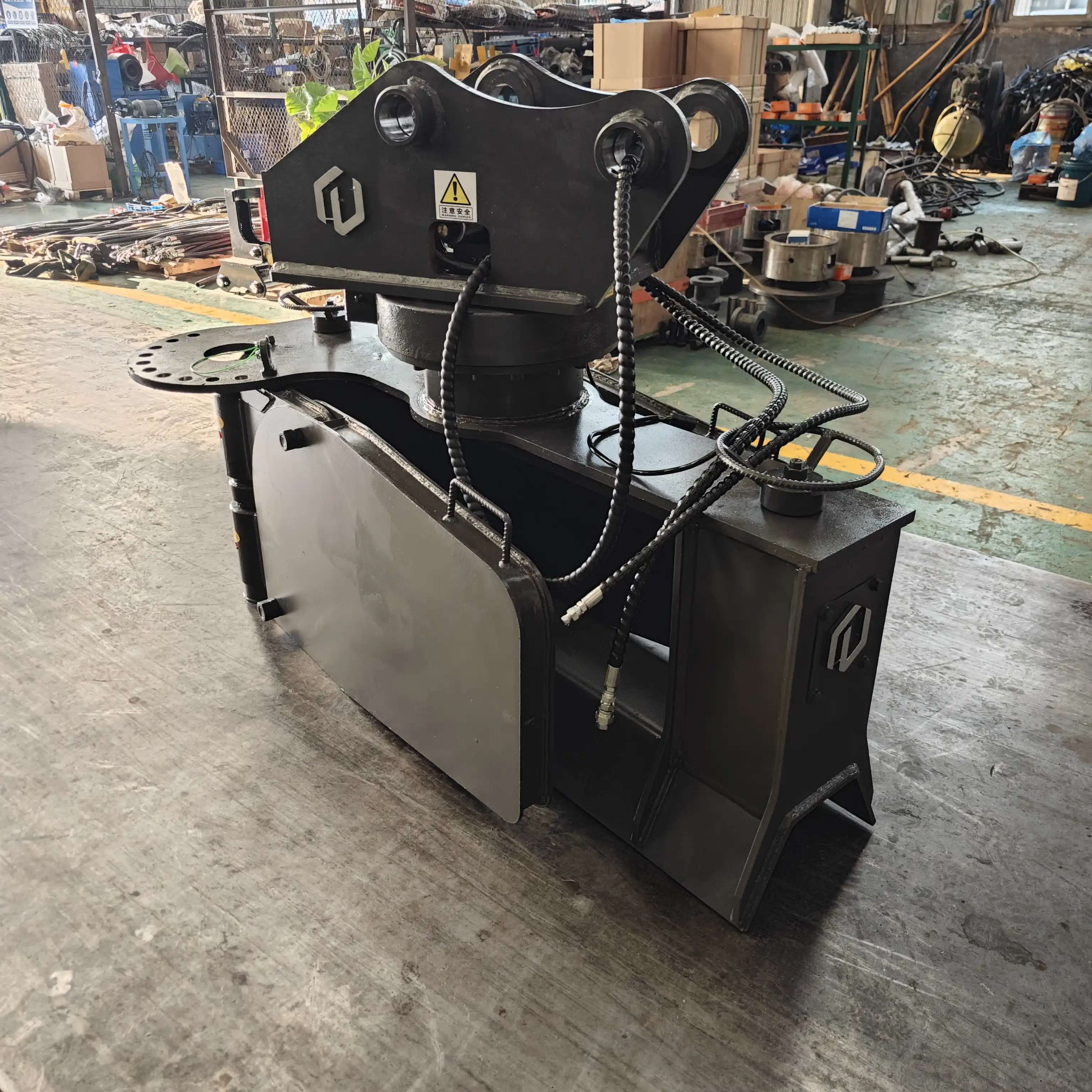
Key Features and Functionality of Railway Excavator Ballast Plows
Railway excavator ballast plows are highly specialized attachments engineered to work seamlessly with excavators, typically in the 7-15 ton range. These plows are designed to clear and shape ballast between tracks and alongside rails, ensuring optimal track conditions for safe and smooth train operations. The primary function of a ballast plow is to redistribute and level the ballast, which is crucial for maintaining proper track alignment and drainage.
One of the standout features of modern ballast plows is their impressive size and coverage area. With a maximum width of up to 2814 mm and a maximum height of 1096 mm, these plows can efficiently clear large sections of track in a single pass. This expansive working area significantly reduces the time required for maintenance operations, allowing for more frequent and thorough track maintenance without disrupting rail traffic schedules.
Another key feature of railway excavator ballast plows is their adjustable working angle. This flexibility allows operators to fine-tune the plow's performance to suit specific track conditions and requirements. Whether dealing with steep gradients, tight curves, or varying ballast depths, the adjustable angle ensures optimal clearance and shaping of the ballast material.
Perhaps one of the most impressive features of modern ballast plows is their full 360° rotation capability. This unparalleled maneuverability allows operators to navigate around obstacles, work in tight spaces, and easily switch between different track sections without repositioning the excavator. The rotational feature also enables the plow to work effectively on both sides of the track, increasing efficiency and reducing the need for multiple passes.
The hydraulic control operation mode is another crucial feature that sets modern railway excavator ballast plows apart. This precise control system allows operators to make minute adjustments to the plow's position and angle, ensuring accurate and consistent ballast profiling. The hydraulic controls also reduce operator fatigue, as they require less physical effort compared to manual systems, allowing for longer working hours and increased productivity.
Materials Used in Manufacturing Railway Excavator Ballast Plows
The choice of materials used in the construction of railway excavator ballast plows is crucial to their performance, durability, and longevity. These plows are subjected to extreme stress and wear during operation, necessitating the use of high-quality, robust materials that can withstand the rigors of heavy-duty use in harsh railway environments.
The primary material used in the construction of modern ballast plows is high-strength alloy plate. This material is chosen for its excellent combination of strength, durability, and resistance to wear and tear. High-strength alloy plates typically consist of a base metal, such as steel, combined with various alloying elements like manganese, chromium, or nickel. These additives enhance the material's mechanical properties, making it ideal for use in demanding applications like railway maintenance equipment.
The use of high-strength alloy plate in ballast plow construction offers several advantages. Firstly, it provides exceptional resistance to abrasion and impact, which is crucial given the constant contact with rough ballast materials. This resistance to wear ensures that the plow maintains its shape and effectiveness over extended periods, reducing the need for frequent replacements or repairs.
Secondly, the high strength-to-weight ratio of these alloys allows for the construction of robust plows that are still relatively lightweight. This balance is essential for maintaining the excavator's stability and maneuverability while ensuring the plow can effectively move and shape heavy ballast materials.
In addition to the main body of the plow, other components may be constructed using specialized materials. For example, the cutting edge of the plow, which is subjected to the most intense wear, may be made from hardened steel or fitted with replaceable wear plates. These wear-resistant components extend the life of the plow and maintain its effectiveness over time.
The hydraulic components of the ballast plow, such as cylinders and hoses, are typically made from materials designed to withstand high pressures and resist corrosion. These may include high-grade steels for cylinders and reinforced synthetic rubbers for hoses, ensuring reliable operation even under challenging conditions.
It's worth noting that the specific materials used may vary between manufacturers and models. Some may opt for proprietary alloys or composite materials to further enhance the performance and durability of their ballast plows. When selecting a railway excavator ballast plow, it's important to consider the materials used in its construction, as this can significantly impact its longevity and performance in the field.
Benefits of Adjustable Design and Safety Features in Modern Ballast Plows
The adjustable design of modern railway excavator ballast plows offers numerous benefits that significantly enhance their functionality and versatility. This adaptability is crucial in the diverse and challenging environments encountered in railway maintenance operations.
One of the primary advantages of an adjustable design is the ability to optimize the plow's performance for different track configurations and ballast conditions. Railways often feature varying gradients, curvatures, and ballast depths along their length. The adjustable working angle of the ballast plow allows operators to modify the plow's position to suit these changing conditions, ensuring consistent and effective ballast profiling throughout the entire maintenance operation.
The adjustability also extends to the plow's width in many models. This feature allows the plow to be adapted for use on different track gauges or to focus on specific areas of the ballast bed. For instance, the plow can be narrowed to work specifically between the rails or widened to clear the shoulders of the track bed. This flexibility reduces the need for multiple specialized tools, making the ballast plow a more cost-effective and versatile piece of equipment.
Another significant benefit of the adjustable design is improved efficiency in obstacle avoidance. Railway environments often include various fixed structures such as signals, switches, and platform edges. The ability to adjust the plow's angle and position allows operators to work around these obstacles without compromising the quality of ballast profiling or risking damage to infrastructure.
Safety is a paramount concern in railway maintenance operations, and modern ballast plows incorporate several features to ensure safe operation. One key safety feature is the integration of pressure relief valves in the hydraulic system. These valves prevent the build-up of excessive pressure that could lead to equipment failure or pose a risk to operators.
Many modern ballast plows also feature automatic locking mechanisms that secure the plow in position when not in use. This prevents accidental movement of the plow during transportation or when the excavator is being repositioned, reducing the risk of accidents or damage to equipment.
Visibility is another crucial safety consideration. Many manufacturers design their plows with low-profile configurations that minimize obstruction of the operator's view. Some models also incorporate high-visibility markings or reflective elements to improve visibility in low-light conditions, enhancing safety during night-time operations.
Emergency stop systems are typically integrated into the excavator's controls, allowing for immediate cessation of plow movement if a hazardous situation arises. This feature is crucial for preventing accidents and minimizing potential damage in the event of unexpected obstacles or equipment malfunctions.
Additionally, many modern ballast plows are designed with rounded edges and smooth surfaces to minimize the risk of snagging or damaging other track components. This thoughtful design not only enhances safety but also helps to prevent unintended damage to railway infrastructure during maintenance operations.
China Railway Excavator Ballast Plow
The railway excavator ballast plow is an indispensable asset for railway maintenance and construction projects, designed to work seamlessly with 7-15 ton excavators. Its primary function is to clear and shape ballast between the track and alongside the rails, ensuring optimal track conditions for safe and smooth train operations.
With an impressive maximum width of 2814 mm and a maximum height of 1096 mm, this plow covers a large area with each pass. The fully adjustable working angle allows operators to fine-tune the plow's performance to suit specific track conditions and requirements. The full 360° rotation angle offers unparalleled maneuverability, making it easy to navigate around obstacles and work in tight spaces.
Constructed from high-strength alloy plate, this plow is built to withstand the rigors of heavy-duty use in harsh railway environments. Its robust design ensures long-lasting durability and reliability, minimizing downtime and maintenance costs. The hydraulic control operation mode provides precise and effortless control, allowing operators to focus on achieving optimal results.
If you are in the market for a railway excavator ballast plow manufacturer, we encourage you to reach out to Tiannuo Machinery's experienced team. For personalized assistance, please contact the manager at arm@stnd-machinery.com, or team members at rich@stnd-machinery.com and tn@stnd-machinery.com. Our experts are ready to help you find the perfect solution for your railway maintenance needs.
References:
[1] Esveld, C. (2001). Modern railway track (Vol. 385). Zaltbommel: MRT-productions.
[2] Indraratna, B., Salim, W., & Rujikiatkamjorn, C. (2011). Advanced rail geotechnology–ballasted track. CRC press.
[3] Lichtberger, B. (2005). Track compendium: formation, permanent way, maintenance, economics. Eurailpress.
[4] Profillidis, V. A. (2006). Railway management and engineering. Ashgate Publishing, Ltd.
[5] Selig, E. T., & Waters, J. M. (1994). Track geotechnology and substructure management. Thomas Telford.
[6] Pyrgidis, C. N. (2016). Railway transportation systems: design, construction and operation. CRC Press.

